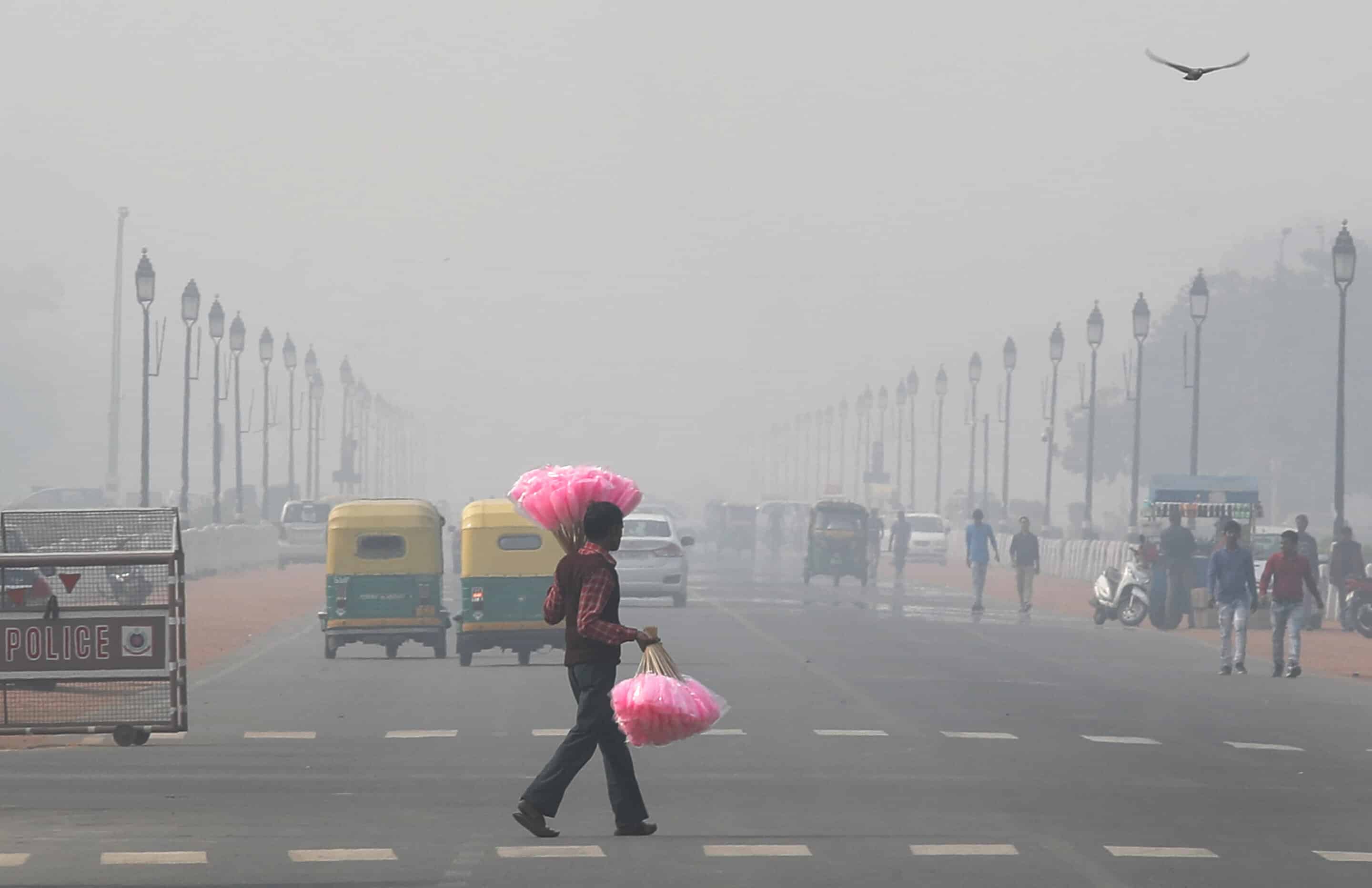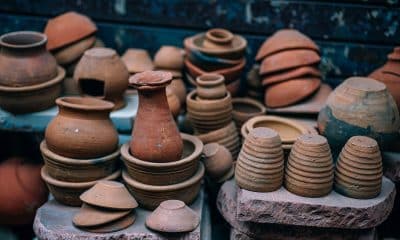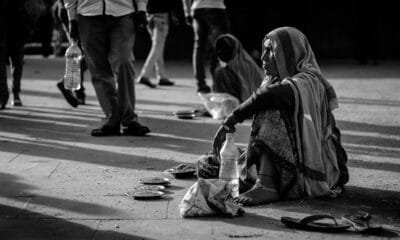Environment
New Delhi is world’s most polluted city for third consecutive year: IQAir Study
India is home to 35 of the world’s 50 most polluted cities, with the national capital New Delhi making it in the list for the third consecutive year, according to IQAir’s 2020 World Air Quality Report.
The findings were based on the country’s annual average of particulate matter PM 2.5, airborne particles with less than 2.5 microns in diameter. Prolonged exposure to PM2.5 can lead to deadly diseases, including cancer and cardiac problems.
New Delhi’s average annual concentration of PM2.5, in 2020, in a cubic meter of air was 84.1, the study said, more than double the level of Beijing, which averaged 37.5 during the year, making it the 14th most polluted city in the world. According to a study by Greenpeace Southeast Asia Analysis and IQAir, air pollution caused an estimated 54,000 premature deaths in New Delhi in 2020.
Last year, Delhi’s 20 million residents, who breathed some of the cleanest air on record in summer months due to the lockdown curbs, battled toxic air in winter, following a sharp increase in farm fire incidents in the neighbouring state of Punjab. It highlighted that as the burning of crop stubble peaked, Delhi’s PM2.5 levels averaged 144 micrograms per cubic metre in November and 157 micrograms per cubic metre in December, exceeding the World Health Organization’s annual exposure guideline by more than 14 times.
Also Read: Indian MSME sector should consider e-commerce for export-led recovery, prosperity
New Delhi’s problems, as per WeForum, are caused by fumes from its sclerotic traffic and accentuated by diesel generators and the burning of fossil fuels in cooking by less-well-off families. Industry plays its part, as does the burning of waste and farmers setting fields alight after crops are harvested. Giridhar Babu, a professor at the Indian Institute of Public Health, told The Lancet that the poorest communities are the most vulnerable to air pollution as they often live or work close to highly industrialized or commercial locations.










































